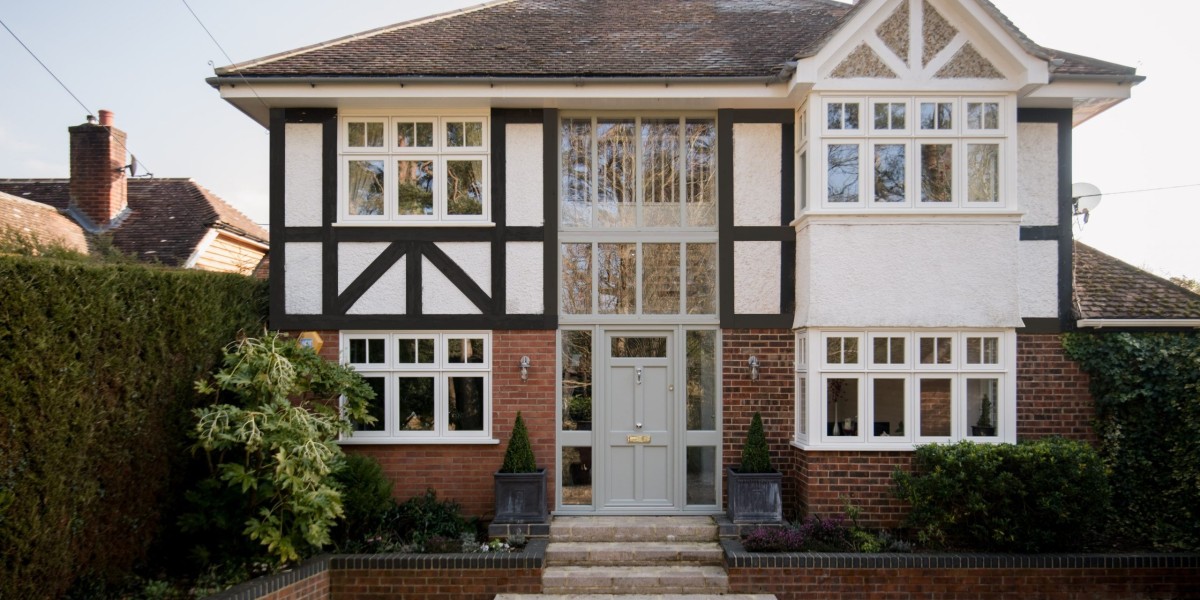
Aluminium windows have become increasingly popular in both residential and commercial buildings due to their durability, aesthetic appeal, and energy efficiency. This report aims to provide a comprehensive overview of aluminium windows, discussing their benefits, features, and the installation process.
Introduction
Aluminium is a versatile material that has been used in construction for decades. Its lightweight nature, combined with its strength and resistance to corrosion, makes it an ideal choice for window frames. In recent years, advancements in technology have further enhanced the performance of aluminium windows, making them a preferred option for homeowners and builders alike.
Benefits of Aluminium Windows
1. Durability and Longevity
One of the most significant advantages of aluminium windows is their durability. Unlike wood, which can warp, crack, or rot over time, aluminium is resistant to the elements. It does not swell or shrink with changes in humidity and temperature, ensuring that the windows maintain their shape and functionality for many years. With proper maintenance, aluminium windows can last for 30 years or more.
2. Low Maintenance
Aluminium windows require minimal maintenance compared to other materials. They do not need to be painted or stained regularly, as they are available in a variety of finishes and colors that can withstand the test of time. A simple cleaning with soap and water is usually sufficient to keep them looking new.
3. Energy Efficiency
Modern aluminium windows are designed with thermal breaks, which help to reduce heat transfer. This means that they can provide excellent insulation, keeping homes warmer in winter and cooler in summer. When combined with double or triple glazing, aluminium windows can significantly improve a building's energy efficiency, leading to lower heating and cooling costs.
4. Aesthetic Appeal
Aluminium windows offer a sleek and modern look that can enhance the overall appearance of a building. They are available in a wide range of styles, colors, and finishes, allowing homeowners to choose a design that complements their architectural style. Additionally, the slim profiles of aluminium frames maximize the amount of natural light that enters a space, creating bright and inviting interiors.
5. Security
Aluminium windows are inherently strong, making them a secure option for homes and businesses. Many manufacturers offer advanced locking systems and reinforced frames, which can deter potential intruders. The strength of aluminium also means that it is less likely to be damaged in an attempted break-in.
Features of Aluminium Windows
1. Customization Options
Aluminium windows can be customized to fit any size or shape, making them suitable for a variety of architectural designs. Homeowners can choose from different frame styles, including casement, sliding, and bi-fold windows, as well as various glazing options to meet their specific needs.
2. Thermal Break Technology
As mentioned earlier, thermal break technology is a key feature of modern aluminium windows. This involves the use of a non-conductive material placed between the exterior and interior frames, which helps to minimize heat loss and improve energy efficiency.
3. Variety of Finishes
Aluminium windows can be finished in various ways, including powder coating, anodizing, and painting. Powder coating provides a durable and long-lasting finish that resists scratches and fading, while anodizing offers a more natural look with enhanced corrosion resistance.
4. Eco-Friendly
Aluminium is a recyclable material, making it an environmentally friendly choice for window frames. When the windows reach the end of their life cycle, they can be recycled and repurposed, reducing waste and conserving natural resources.
Installation Process
1. Preparation
Before installation, it is essential to measure the window openings accurately to ensure a proper fit. This may involve removing existing windows and preparing the surrounding area for the new frames.
2. Frame Installation
The aluminium frames are typically installed first. This involves securing the frames in place using screws or brackets and ensuring they are level and plumb. Proper installation is crucial to prevent air and water leaks.
3. Glazing
Once the frames are in place, the glazing is added. This can involve inserting double or triple-glazed units into the frames, which are then sealed to ensure energy efficiency and prevent moisture ingress.
4. Finishing Touches
After the glazing is installed, any necessary finishing touches are applied. This may include adding trim or caulking around the edges to provide a clean and polished look.
Conclusion
Aluminium windows offer a multitude of benefits, making them an attractive choice for homeowners and builders. Their durability, low maintenance requirements, energy efficiency, http://littlebournebenefice.org.uk/littlebourne-benefice-hosts-a-memorable-community-gala/ and aesthetic appeal make them a long-term investment for any property. With various customization options and features, aluminium windows can be tailored to meet the specific needs of any project. As technology continues to advance, the performance and design of aluminium windows will only improve, solidifying their place in modern construction.
In summary, whether you are renovating an existing property or building a new one, aluminium windows are worth considering for their numerous advantages and contributions to the overall efficiency and beauty of a building.













